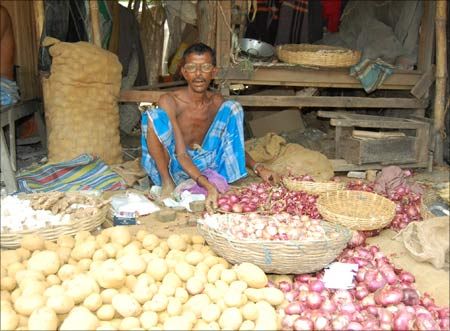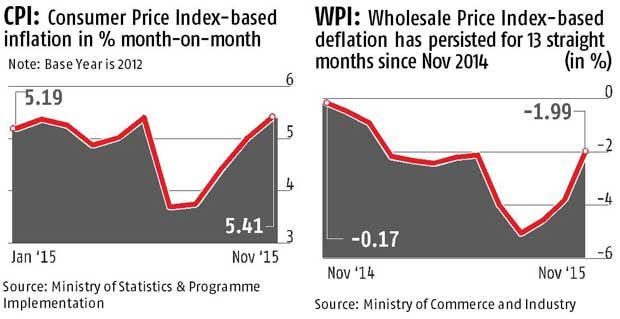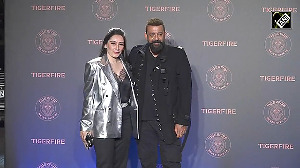 CPI inflation rises to 5.41% in November; wholesale prices fall for longest stretch in 40 years
CPI inflation rises to 5.41% in November; wholesale prices fall for longest stretch in 40 years
The Wholesale Price Index-based deflation continued for a 13th month in a row, the longest since 1975-76.
But rising food prices arrested its pace and also pulled up the Consumer Price Index-based inflation to 5.41 per cent in November, the highest since the new series was launched in January.
In October, the retail inflation had risen to five per cent. But the November numbers are still lower than the 5.8 per cent targeted by the Reserve Bank of India for January 2016.
The pace of WPI deflation declined to 1.99 per cent in November from 3.81 per cent in October.
Deflation, however, masked the rise in food inflation to a five-month high of 5.2 per cent in November against 2.44 per cent the previous month, according to official data released on Monday.
Rising prices of vegetables and pulses in the festival months caused the inflation.
WPI inflation in vegetables increased to 14.08 per cent in November, from 2.56 per cent the previous month.
Prices of tomatoes went up 122 per cent in November compared to just 9.3 per cent in October.
Inflation in onions declined from 85.66 per cent in October, but remained high at 52.69 per cent in November.  The inflation in the prices of pulses rose to 58.17 per cent from 52.98 per cent.
The inflation in the prices of pulses rose to 58.17 per cent from 52.98 per cent.
For instance, arhar daal prices went up by 78 per cent in November against 73 per cent in October.
“Food prices rose by a considerable 2.3 per cent, month-on-month in November, on account of factors such as such as supply disruptions after heavy showers in the south, and seasonal trends,” said Aditi Nayar, a senior economist with ICRA.
Inflation in non-food items in the primary category (unprocessed articles) also increased, by 6.33 per cent, in November from 5.1 per cent the previous month.
Oilseeds turned expensive by 6.92 per cent in November against 6.52 per cent in October.
However, prices of edible oils in the manufactured category declined by 4.45 per cent from 4.53 per cent.
Prices of fuels and manufactured items declined by 1.42 per cent and 11.09 per cent, respectively, from 1.67 per cent and 16.32 per cent.
Nayar said in the immediate term, the imminent rate hike by the US Federal Reserve as well as concerns related to the global growth outlook may continue to exert pressure on commodity prices.
The impact of this might, however, be partly offset by a weakening of the rupee, which breached the 67-a-dollar mark -- the lowest since September 2013 -- on Monday (see chart).
“With the further softening of crude oil prices this month we expect the headline WPI inflation to print at sub-zero levels in the next two months,” Nayar said.
 Being in the inflationary zone, CPI numbers showed clear price pressures.
Being in the inflationary zone, CPI numbers showed clear price pressures.
While the headline number was the highest in the series, food inflation, too, was at an eight-month high of 6.07 per cent in November, against 5.25 per cent in October.
Rural areas bore the brunt of the retail inflation with the headline number at 5.95 per cent in November, compared to 4.71 per cent for urban areas.
However, food inflation was higher at 6.53 per cent in the urban areas than the 5.03 per cent in rural areas.
Image: A vegetable vendor in Kolkata. Photograph: Dipak Chakraborty/Rediff.com









